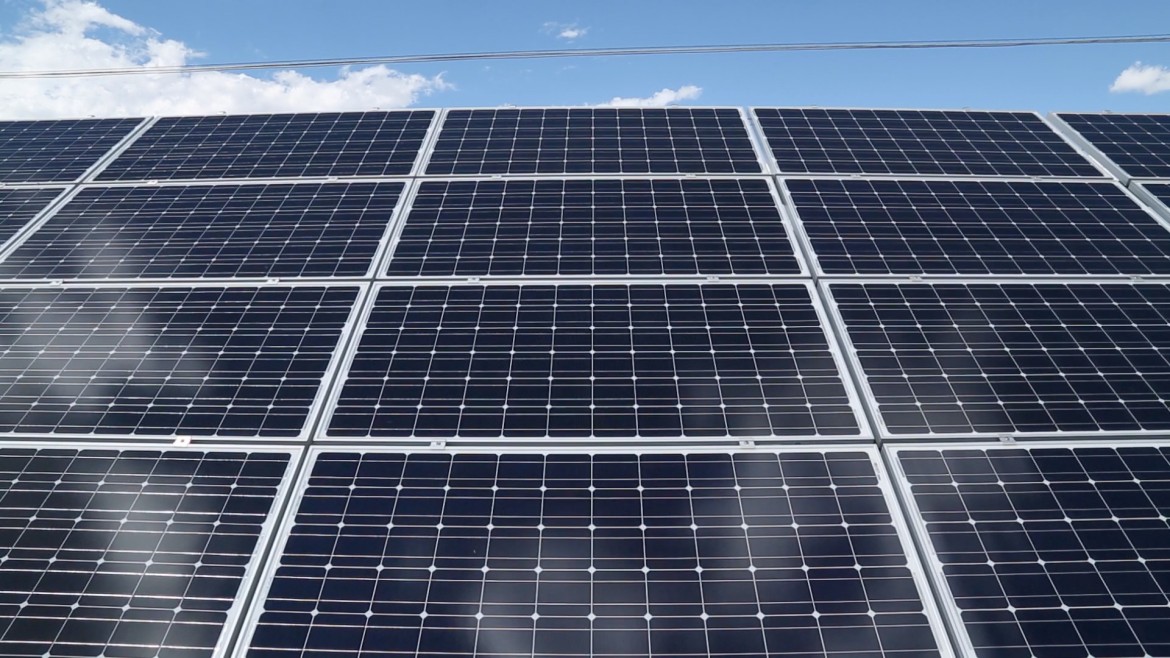
It’s not exactly news that many scientists believe switching to low-carbon technologies to produce energy would help reduce pollution. But as we consider these technologies, questions arise regarding the cost of building new plants, the materials necessary and whether they would cause other types of pollution. A study, released this week in the Proceedings of the National Academy of Sciences, set out to answer these questions and arrived at a simple conclusion: Taking all factors into consideration, low-carbon technologies are still the answer to a greener planet. Edgar G. Hertwich, Thomas Gibon and colleagues at the Norwegian University of Science and Technology in Trondheim conducted the study.
They describe the significance of their research, and what makes it different from other studies:
Life-cycle assessments commonly used to analyze the environmental costs and benefits of climate-mitigation options are usually static in nature and address individual power plants. Our paper presents, to our knowledge, the first life-cycle assessment of the large-scale implementation of climate-mitigation technologies, addressing the feedback of the electricity system onto itself and using scenario-consistent assumptions of technical improvements in key energy and material production technologies.
According to Breaking Energy, the study found that “renewable energy sources have significantly lower pollution-related environmental impacts per unit of generation than, for example, state-of-the-art coal-fired power plants and even modern natural gas combined cycle power plants (NGCC) in all of the impact categories considered.”
The authors took into account the materials necessary to build renewable power plants, like solar and wind plants, which require large quantities of copper, iron, aluminum and cement. While these materials would generate pollution, it would be “small in absolute terms compared with the impact of fuel production and combustion of fossil-based power plants.”
The study states:
Material requirements per unit generation for low-carbon technologies can be higher than for conventional fossil generation: 11–40 times more copper for photovoltaic systems and 6–14 times more iron for wind power plants. However, only two years of current global copper and one year of iron production will suffice to build a low-carbon energy system capable of supplying the world’s electricity needs in 2050.
Out of the materials covered in the research, the authors only express concern about declining ore grades in supplies of copper.
The study concludes that, although large-scale implementation of wind and solar energy sources would require a high initial investment, it could reduce the negative environmental impacts of electricity production while increasing electricity supply.
Whats Next:
- Read the complete study on PNAS.








